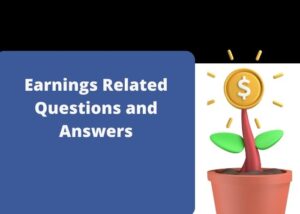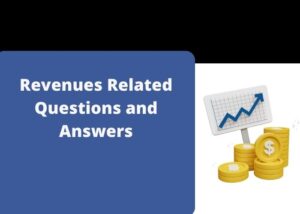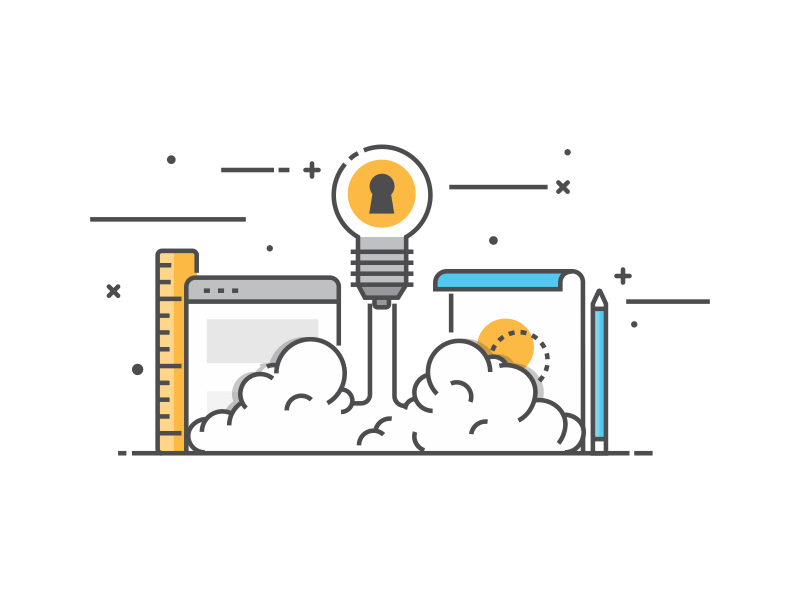Q1. What is Big Data?
A1. Big Data is a term used to describe a large volume of data that is too complex and difficult to process using traditional data processing techniques. It can include structured and unstructured data from a variety of sources, such as social media, sensors, and web logs.
Q2. What are the advantages of Big Data in a startup?
A2. Big Data can provide startups with valuable insights into customer behaviors, market trends, and competitive strategies. It can also help startups make better decisions based on accurate data and enable them to quickly respond to changing market conditions.
Q3. What are the challenges associated with Big Data?
A3. Big Data can be challenging to manage, since it requires a significant amount of storage, processing power, and specialized software. Additionally, it can be difficult to accurately analyze and interpret data due to its complexity and the need for specialized skills.
Q4. What type of data can be included in Big Data?
A4. Big Data can include any type of data, including structured and unstructured data from a variety of sources, such as social media, sensors, and web logs.
Q5. How can startups use Big Data to their advantage?
A5. Startups can use Big Data to gain valuable insights into customer behaviors, market trends, and competitive strategies. Additionally, they can use it to make better decisions based on accurate data and to quickly respond to changing market conditions.
Q6. What type of software is used to process Big Data?
A6. Big Data is typically processed using specialized software such as Hadoop, Spark, or Cassandra.
Q7. What is the difference between structured and unstructured data?
A7. Structured data is organized in a predetermined format, such as a database or spreadsheet, while unstructured data is not organized in a predetermined format, such as text, audio, or video.
Q8. What is data mining?
A8. Data mining is the process of extracting and analyzing large amounts of data to discover patterns and gain insights.
Q9. What is analytics?
A9. Analytics is the process of analyzing data to gain insights and inform decision-making.
Q10. What is the difference between predictive analytics and prescriptive analytics?
A10. Predictive analytics is used to identify patterns and trends from past data in order to make predictions about future events. Prescriptive analytics uses predictive analytics to provide recommendations for actions that can be taken to improve outcomes.
Q11. What is a data lake?
A11. A data lake is a large repository of data stored in its native format, where it can be accessed and analyzed for insights.
Q12. What is a data warehouse?
A12. A data warehouse is a repository of data that has been organized and optimized for analysis.
Q13. What is machine learning?
A13. Machine learning is a type of artificial intelligence in which algorithms are used to learn from data and make predictions or decisions.
Q14. What are the benefits of using Big Data in a startup?
A14. Big Data can provide startups with valuable insights into customer behaviors, market trends, and competitive strategies. It can also help startups make better decisions based on accurate data and enable them to quickly respond to changing market conditions.
Q15. What is the difference between Big Data and Business Intelligence?
A15. Big Data refers to the large volume of data that is too complex and difficult to process using traditional data processing techniques, while Business Intelligence (BI) is a set of tools and processes that are used to analyze data and gain insights.
Q16. What is the Internet of Things (IoT)?
A16. The Internet of Things (IoT) is a network of physical devices, such as sensors and actuators, that are connected to the internet and can collect and exchange data.
Q17. What is data visualization?
A17. Data visualization is the process of transforming data into a graphical form, such as charts, graphs, and maps, to make it easier to understand and analyze.
Q18. What is natural language processing (NLP)?
A18. Natural language processing (NLP) is a type of artificial intelligence that enables computers to understand and analyze natural language, such as speech and text.
Q19. What is streaming analytics?
A19. Streaming analytics is a type of real-time analytics that processes data as it is received from sources such as sensors, web logs, and social media.
Q20. What is cloud computing?
A20. Cloud computing is the use of shared computing resources, such as servers and software, that are hosted and managed remotely over the internet.
Q21. What is the difference between on-premise and cloud-based analytics?
A21. On-premise analytics requires data to be stored and processed on the user’s own hardware, while cloud-based analytics stores and processes data in the cloud.
Q22. What is data governance?
A22. Data governance is the process of establishing policies and procedures for managing and protecting data to ensure that it is accurate and secure.
Q23. What is a data scientist?
A23. A data scientist is a professional who uses data to gain insights and make decisions.
Q24. What is artificial intelligence (AI)?
A24. Artificial intelligence (AI) is a type of computer technology that enables machines to learn from data and make decisions without human intervention.
Q25. What is data engineering?
A25. Data engineering is the process of preparing data for analysis, such as cleaning, transforming, and loading data.
Q26. What is the difference between data science and data engineering?
A26. Data science focuses on gaining insights and making decisions from data, while data engineering focuses on preparing data for analysis.
Q27. What is the difference between batch and stream processing?
A27. Batch processing processes data in batches, while stream processing processes data in real time as it is received from sources such as sensors, web logs, and social media.
Q28. What is ETL (extract, transform, load)?
A28. ETL (extract, transform, load) is the process of extracting data from one or more sources, transforming it into a format suitable for analysis, and loading it into a data warehouse or other repository.
Q29. What is a data pipeline?
A29. A data pipeline is a system of connected processes that move and transform data from one stage to another.
Q30. What is data wrangling?
A30. Data wrangling is the process of cleaning, organizing, and transforming raw data into a format suitable for analysis.




